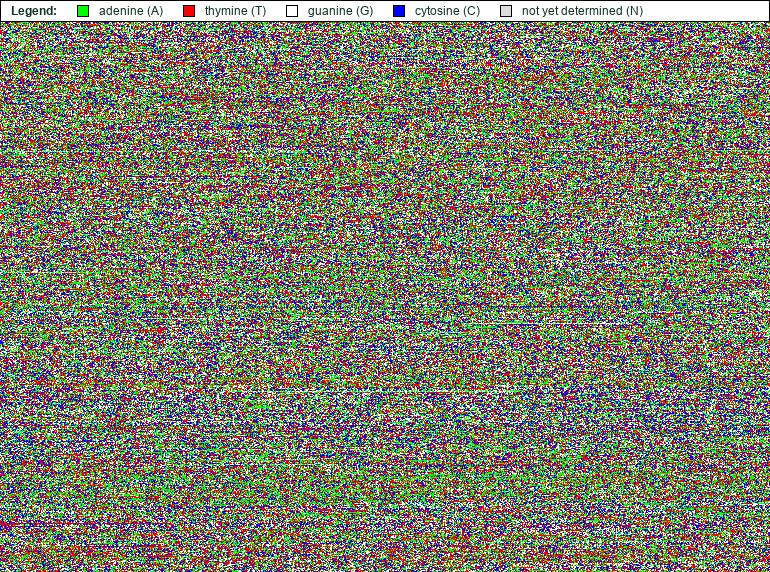Chromosome 21 is the smallest human chromosome and represents approximately 1.5% of the total DNA in cells.
Summary:
- autosome
- small sized chromosome
- about 46,900,000 base pairs
- about 352 genes
Gene examples of chromosome 21:
OLIG2: This gene encodes a basic transcription factor which is produced in the brain. Transcription factors are proteins that bind to specific regions of DNA and help control the activity of particular genes. The gene is involved in a chromosomal translocation (rearrangements of genetic material between chromosomes) associated with acute lymphoblastic leukemia (lymphoid precursor cells (lymphoblasts) are arrested in an early stage of development and replace the normal elements of bone marrow, resulting in a marked decrease in the production of normal blood cells). The chromosomal location of OLIG2 is within a region of chromosome 21 which has been suggested to play a role in learning deficits associated with Down syndrome (Down syndrome critical region).
The HLCS gene encodes the enzyme holocarboxylase synthetase. This enzyme attaches biotin, a B vitamin that is found in food, to other molecules. It is essential for the production and breakdown of proteins, fats and carbohydrates. Mutations in the HLCS gene can lead to holocarboxylase synthetase deficiency, that is an inherited disorder in which the body is unable to use the vitamin biotin effectively. If left untreated, these defects lead to serious medical problems like delayed development, seizures and coma.
The chromosome 21 image
The whole chromosome 21 image has a width of 3500 px and a height of 13429 px. It is too big to display here but you can download the chromosome 21 image. A 200 px wide overview of the chromosome can be seen on the right (bottom). Additionally, we show some details out of the original sized chromosome picture below.


